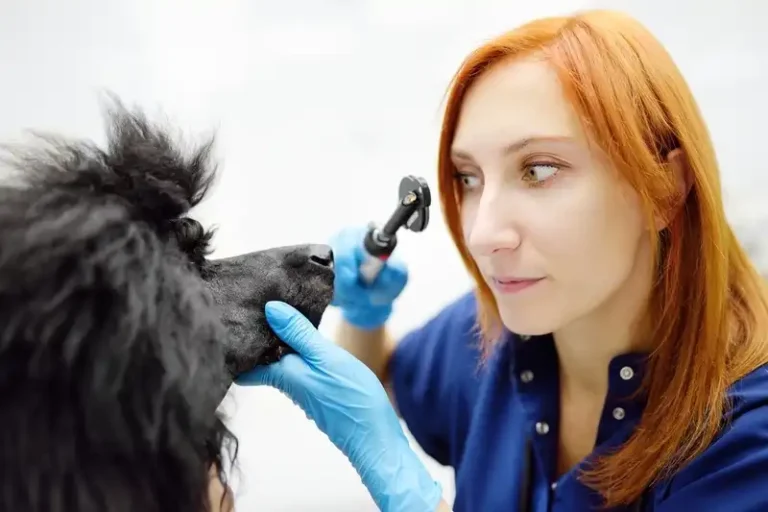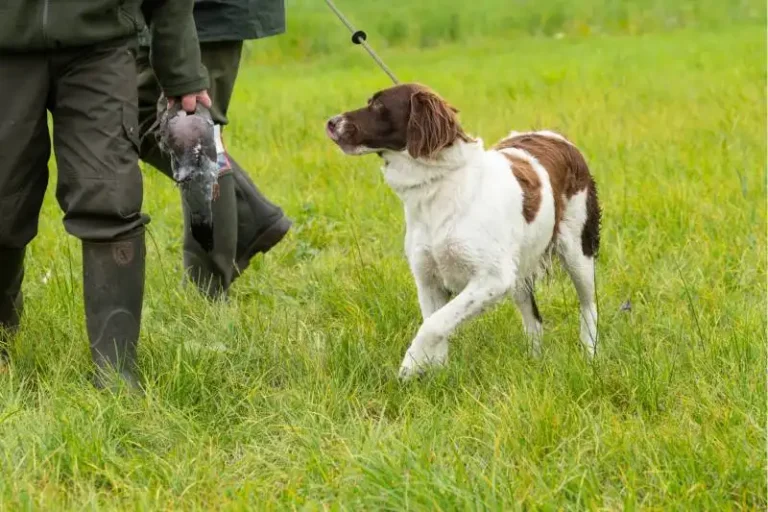Why do dogs get cracks on their paws in winter
We love winter for its snow and cozy atmosphere, but this time of year can be uncomfortable for our pets’ paws. Cracked paw pads are a fairly common problem for dogs during the cold months. To help your pet avoid this discomfort, we’ll tell you about the causes, signs, and effective ways to help your beloved paws.
Causes of cracks on paw pads
- Cold weather and dry air: Cold, dry air in the winter can deprive your pet’s paw pads of the moisture they need, causing them to become dry and cracked. This problem becomes more noticeable when the cold weather sets in.
- Salt and Chemicals: Salts and chemicals used on roads and sidewalks can irritate and dry out the skin on your pet’s paws, causing discomfort and cracking.
- Excessive exposure to moisture: Snow and ice can cause your pet’s paws to become wet, and when they dry out, this can lead to further dryness and cracking.
- Lack of indoor humidity: Indoor heating systems can create a dry environment, which can worsen the problem of dry, cracked paws.
How to Recognize Signs of Cracked Skin on Dog Paws
- Excessive licking or chewing: Excessive licking or chewing of the paws can indicate irritation or pain. Dogs often lick their paws to soothe discomfort, which can make the problem worse if it leads to further irritation or infection.
- Dry Skin on Paws : Dry, flaky skin on the pads of the paws is an early sign that your dog’s paws need help. If left untreated, the dryness can lead to cracks.
- Visible cracks : Look for visible cracks or splits in the paw pads. These can range in severity from minor superficial cracks to deeper, painful splits that may bleed.
- Redness and swelling : Irritation can cause redness and swelling in the paw area. If you notice these signs, further examination and possibly a consultation with a veterinarian is necessary to determine the cause and prescribe appropriate treatment.
- Limping or reluctance to walk : Your pet may limp or be reluctant to walk due to discomfort. This is a sign that your pet may be experiencing pain in their paws and immediate action is needed to relieve the pain.
Effective solutions for eliminating cracked paw pads
- Regular moisturizing
Use the high-quality Tauro Pro Line Paw Balm to moisturize and protect your pet’s paws. This balm is specially formulated to soothe and heal cracked paw pads and provide a protective barrier against harsh winter conditions. - Paw protection
Protect your pet’s paws from salt and chemicals when walking outside. This can prevent direct contact with irritants. - Wipe your paws after walks
After walks, wipe your pet’s paws with a damp cloth or wet wipes to remove any salt residue or chemicals. This simple step can prevent irritation and dry skin.
Update your pet’s diet
Adding omega-3 fatty acids to your pet’s diet can greatly improve the skin and health of their paws. Omega-3s have anti-inflammatory properties, helping to reduce irritation and promote healing. Look for foods that contain salmon or add salmon oil as a supplement to your pet’s food. This will help keep the paw pads moisturized and resistant to harsh winter conditions.
Regular check-ups with a veterinarian
Check your pet’s paws regularly for signs of cracking or irritation, and consult your veterinarian if you notice any serious problems.
Questions and Answers
How often should I apply paw pad balm?
It is best to apply paw balm daily, especially before and after walks, to maintain moisture and protection.
Can I put human moisturizers on my pet’s paws?
No, as moisturizers for humans may contain ingredients that are harmful to pets. Always use products specifically designed for pets, such as Tauro Pro Line Paw Balm.
What should I do if my pet’s paws are bleeding?
If you notice bleeding, gently clean the area and apply a pet-safe antiseptic. Contact your veterinarian for further advice.
Are there natural remedies for cracked dog paws?
Coconut oil can be a natural moisturizer, but it’s best to use a product specifically formulated for pets to ensure safety and effectiveness.
How can I stop my pet from licking the balm?
After applying the balm, distract your pet with a toy or treat to allow the product to be absorbed.








One Comment